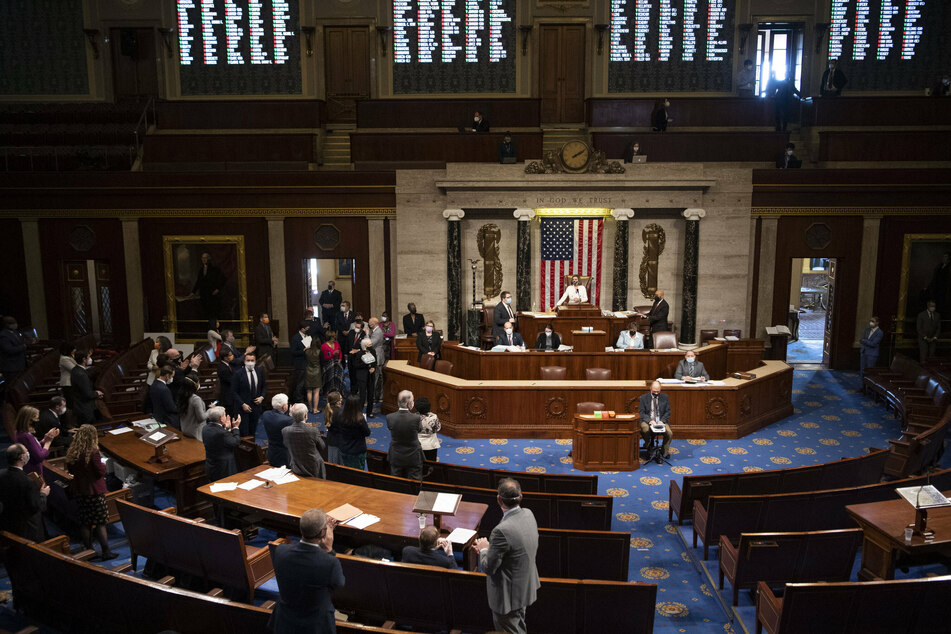Texas wins out over California in significant reshuffle of congressional seats
Washington DC – There were winners and losers as the US Census Bureau announced on Monday how the congressional seats in the House of Representatives would be apportioned for the next ten years.

There are 435 seats in the US House of Representatives. Every 10 years, population data from the US Census determines how many seats each state will get for the next decade.
The latest apportionment reflects results from the 2020 census.
Colorado, Florida, Montana, North Carolina, and Oregon each added one seat. Texas added two seats after registering over four million new residents.
Illinois, Michigan, New York, Ohio, Pennsylvania, and West Virginia will each be down one seat.
California also lost a seat for the first time since it became a state. "People are leaving coastal, costly places, and I think California is a piece of that," William Frey, a senior demographer at the Brookings Institution, explained to The Hill.
Coronavirus-related delays mean that the results have come in much later than usual. Typically, states would have received their data in late 2020, Politico reported.
However, the deadline to release the census block data, which is required in order to draw the electoral maps, has been pushed back six months to September 30.
These delays mean that states are beginning their redistricting processes much later than normal, which has consequences for candidates seeking election or reelection in the 2022 midterms.
What do these changes mean for the candidates?

According to the Los Angeles Times, the apportionment delays leave potential candidates with big question marks when it comes to fundraising and voter outreach.
New York Rep. Steve Israel said, "It's like going into a war where you don’t know where the battlefield is, who your opponent is or when the battle is going to begin."
Politico also explained that the changes can shift relations within Congress as political allies become enemies. Two incumbent representatives may end up being drawn into the same district, making them competitors for reelection.
The new lines may also mean that candidates would suddenly be competing in districts where they no longer live, allowing opponents to paint them as carpetbaggers, or outsiders taking advantage of another community in order to boost their own power.
The mapping of districts is often a highly partisan process, as state legislatures have the power to draw their own lines. The LA Times pointed out that Republicans are considered to have the advantage in this redistricting cycle because they control the statehouses in Texas, Florida, and North Carolina, which all gained congressional seats.
Any changes in district lines, however small, can have a big impact on the seat's ideological leaning, making it difficult to decide who would be the best candidate to run.
Dave Wasserman, an expert on redistricting with the Cook Political Report, predicted, "Some candidates are going to have to make a split-second decision about which district to run in, and it could completely alter their message or platform."
If nothing else, it sounds like the lead up to the 2022 midterms is going to keep everyone on their toes.
Cover photo: IMAGO / UPI Photo

